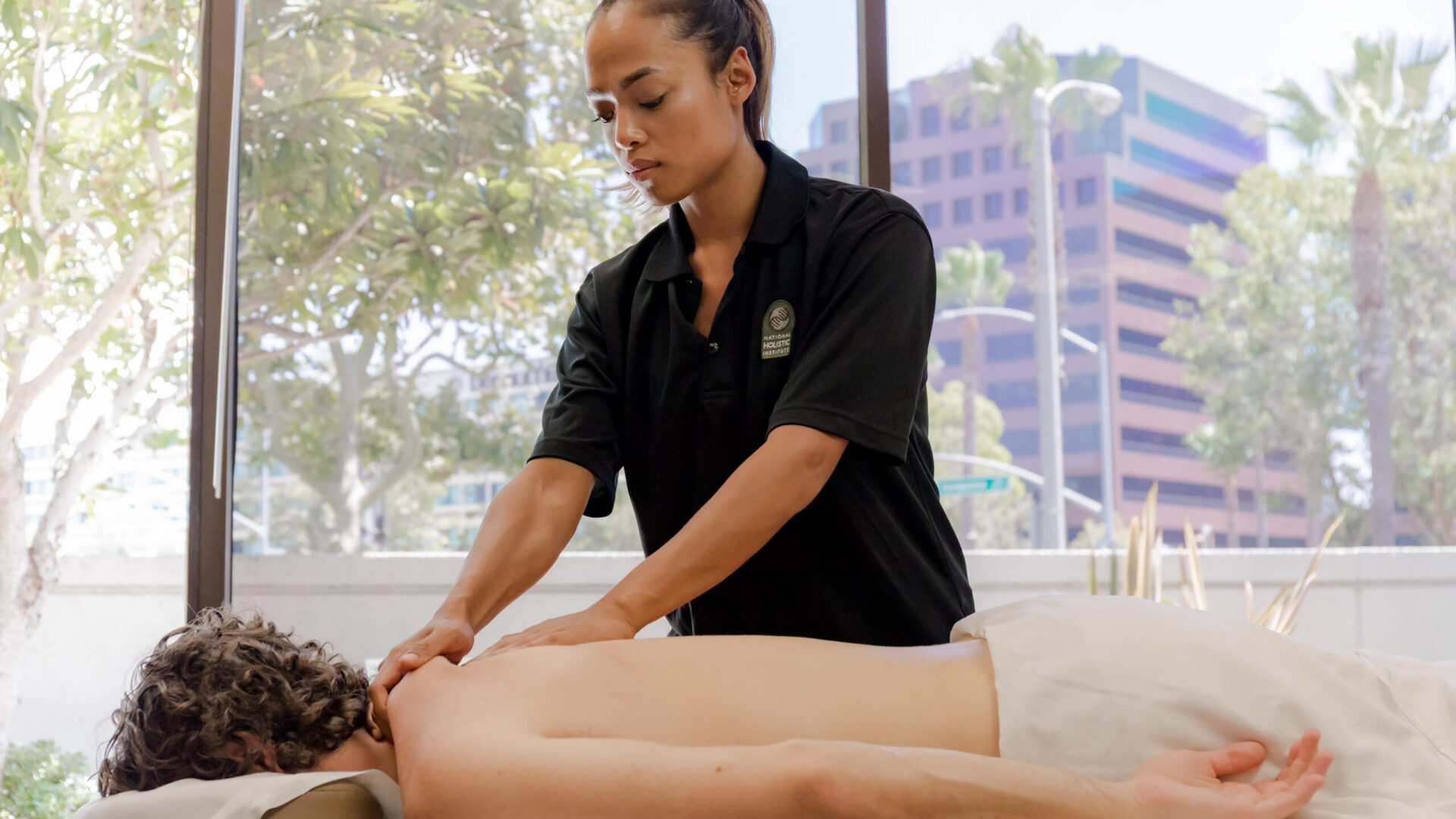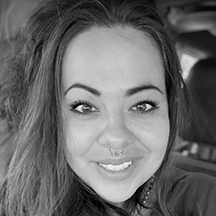
Massage School Programs
Continuing Education Massage Classes
Massage School Programs
Continuing Education Massage Classes
Get the Details!

Access New Career Opportunities
Are you looking to fulfill CE requirements? Our Advanced Neuromuscular Therapy (ANMT) Program is designed to be completed as a 450-hour program. If you are looking for shorter CE requirements, or want to get a glimpse into the ANMT Program, NHI also offers 8-hour in-person CE Classes.
Pursuing advanced massage education though NHI is a great choice for those looking for new tools to advance their careers and provide deeper, richer benefits to their clients or patients.
NHI is an approved Continuing Education Provider for the National Certification Board for Therapeutic Massage & Bodywork
Contact Us Today To Learn More About the Advanced Neuromuscular Therapy Program
Upcoming Continuing Education Classes
Register for an upcoming CE Class
Click on the corresponding Registration link to reserve your seat in an upcoming CE Class.
NOTE: dates, locations, and class content subject to change.
You must register in order to attend
| Location | Date | Time | CE Classes | Cost | Registration |
|---|---|---|---|---|
| STAY TUNED | STAY TUNED | More Continuing Education Classes will be added as they become available | – | – |
Upcoming Continuing Education Neuromuscular Therapy Classes
Register for an upcoming CE Class
Click on the corresponding Registration link to reserve your seat in an upcoming Neuromuscular Therapy CE Class.
NOTE: dates, locations, and class content subject to change.
You must register in order to attend
| Location | Date | Time | Neuromuscular Therapy CE Classes | Cost | Registration |
|---|---|---|---|---|
| Online | Saturday, October 25, 2025 | 9am-1pm | The Social Side of Suffering | $100* | Register |
| Online | Tuesday, October 28, 2025 | 6pm-10pm | The Social Side of Suffering | $100* | Register |
| San Jose, CA | Saturday, November 1, 2025 | 9am-6pm | Releasing the Grip of Anxiety in the Respiratory System | $350* | Register |
| Online | Tuesday, November 4, 2025 | 6pm-10pm | The Forces that Damage Soft Tissue | TBD | Coming Soon |
| Online | Saturday, November 8, 2025 | 9am-1pm | The Forces that Damage Soft Tissue | TBD | Coming Soon |
PAYMENT & CANCELLATION POLICY:
Registration is on a first-pay basis. Classes have min/max student limits. Some classes have specific prerequisites, but most require at minimum some bodywork training. Students must bring their own basic supplies (e.g., linens, lotion, etc.); extra charges may apply for additional handouts and equipment. Absolutely no refunds or credits issued within two weeks prior to the class start; however, students may substitute another qualified student in his/her place. Should National Holistic Institute cancel a class, NHI will credit or refund only the prepaid amount. NHI reserves the right to add, cancel or postpone classes; change dates, instructors, or policies; and/or raise tuition from any published literature.


